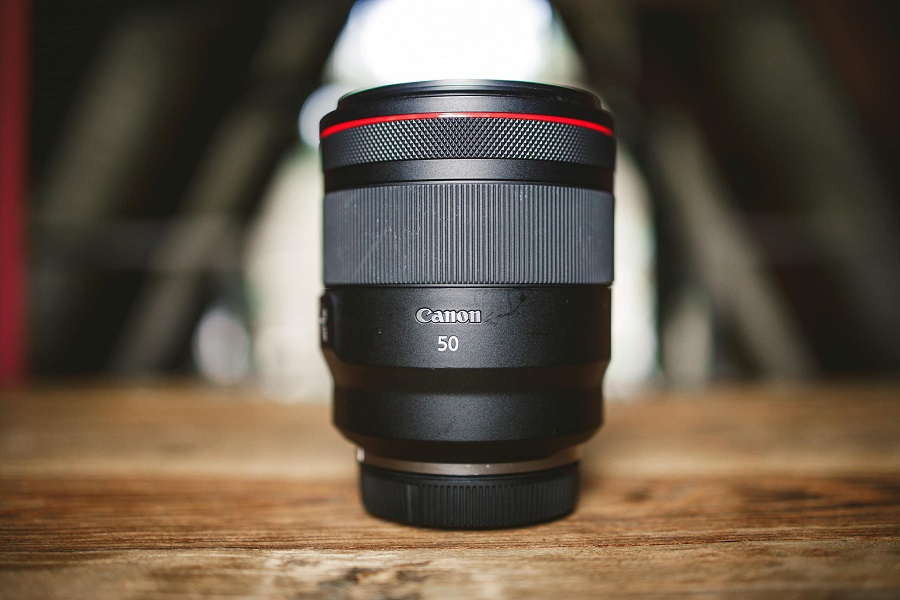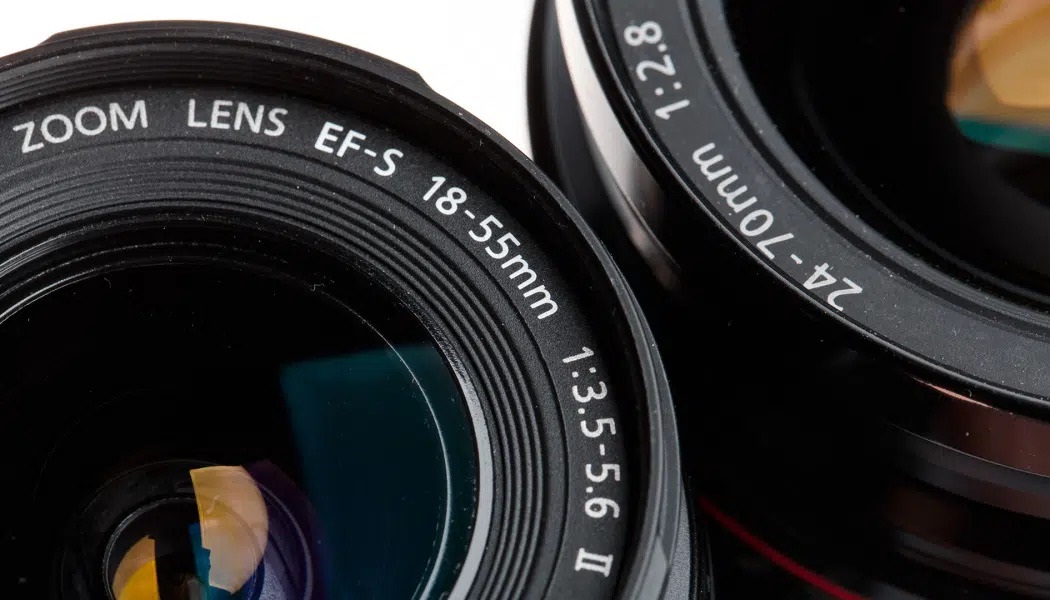The mm or millimeter is the unit used to measure the distance between two points on an object or image. It can also be used to describe the size of images taken with a camera lens. The most common range of mm is between 50 and 200; however, there are other sizes available as well.
Importance of understanding the mm for choosing the right lens
The mm designation is a measure of the diameter of the lens. It is used to describe both its focal length and its aperture (the size of opening), as well as other properties such as filter size, which you can check on your camera’s specifications.
The mm designation refers to how many millimeters wide a lens is—a 50mm f/1.8 has an effective focal length of 50mm, while a 50mm f/0.95 has an effective focal length equal to exactly half that (25%).

The impact of mm on photography
The mm is a measurement of the diameter of a lens, and it’s used to measure various aspects of photography.
For example:
- The mm represents how much light enters through the front element: when you take a picture with your digital camera, this number will tell you how much exposure time it takes for your sensor (the chip in front) to accept enough photons from light passing through its aperture. In other words, if you want more information about exposure times and focal lengths, then learning about these topics would be helpful!
- The best way I’ve found so far was by simply looking up online articles about photography and reading them thoroughly until everything clicked together nicely!
Choosing the right lens for the job
Choosing the right lens for the job is as important as choosing the right camera, but it can be more difficult. If you’re just starting out and don’t know what your needs are yet, it’s best to start with a standard zoom lens (or two) so that you can take advantage of both wide-angle and telephoto perspectives—and then let your interests dictate which focal length is best for each thing you want to do. For example: if you’re taking photos of landscapes or animals in their natural habitat, then perhaps a telephoto would be ideal; whereas if all that matters is getting shots of people close up but still recognizable within their surroundings, then maybe an ultra-wide angle would suit better!
Other factors to consider
The mm of a lens is not the only factor you need to consider when choosing what kind of camera to use. There are also some other factors that may affect your choice, such as:
- Focal length range: How wide or narrow does the image look? A wide-angle lens will let more light in than a telephoto one; therefore, it’s harder to get good low-light performance out of them (although they can still be useful). A telephoto lens has less distortion at longer focal lengths—so if you want super-close shots like birding or macro photography with your DSLR then this might be right for you!
- Aperture: The size of the hole through which light enters into an optical instrument determines its sensitivity and how much area gets illuminated by that spot of illumination; this affects depth perception and how much detail we see in our images.
Tips for using lenses with different mm ranges
If you’re thinking of buying a new lens, it’s worth considering what the mm range means. Lenses with different ranges can have different pros and cons and will affect your photography in different ways.
- Choosing a lens with a long focal length (a wide-angle or telephoto) is best suited to landscapes and close-ups. A short focal length (an ultra-wide angle or superzoom) is great for street photography but may not be ideal for portraits due to its shallow depth of field effect—the ability of an image captured by this type of camera lens to separate objects from one another based on their focus distance from the camera’s sensor/film plane.
- An aperture value between f2 and f4 works well for most types of photography; however, if you’re taking pictures where low light levels are common such as nature walks at dawn or dusk then consider upgrading all those filters into ND filters so that you can shoot without needing flash lighting first!
Conclusion
The mm is used in many different ways, but it’s usually used as a unit of measurement for lenses or focal lengths. If you’re looking at a lens and wondering what the “m” stands for, then chances are it will have an abbreviation like “f/4.” This means that the focal length of your lens is f-stop 4x times greater than the width of its aperture opening (which is always measured in millimeters).

